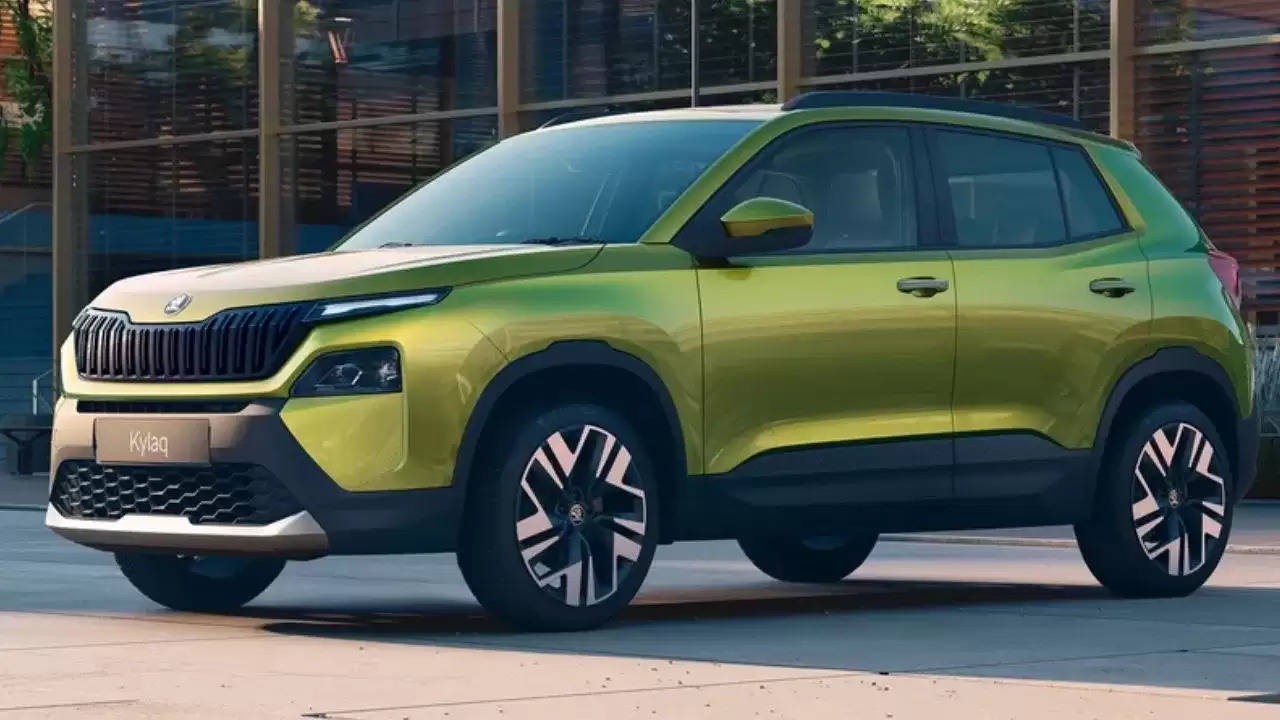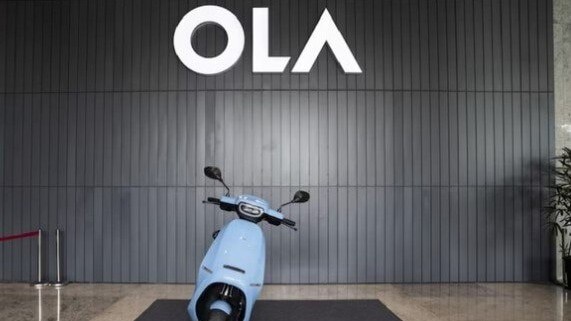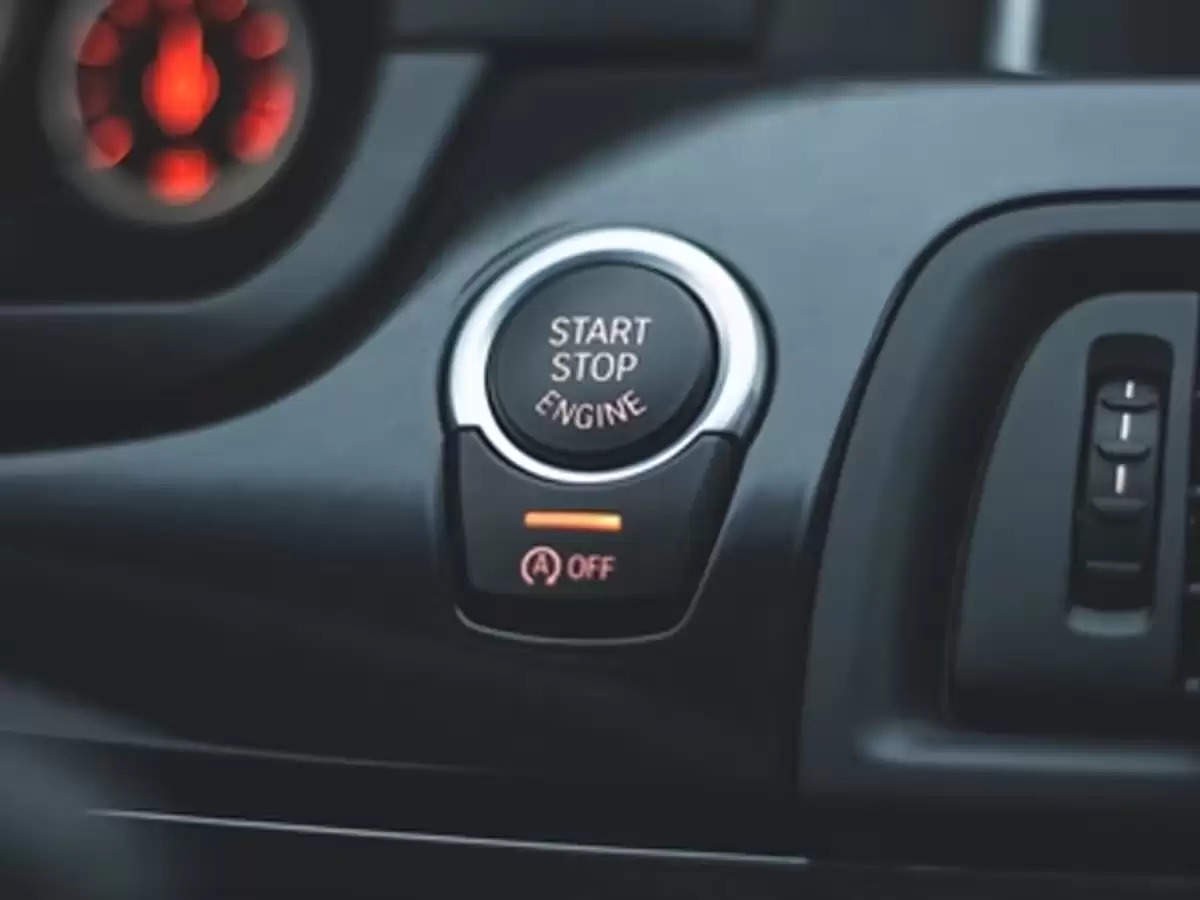Honda has introduced two new electric vehicle (EV) models, the e:NS2 and e:NP2. Unveiled particularly for the Chinese market, these models bring the company’s total EV count to four.
Both versions will be on sale in China from this year itself.
Honda’s new electric SUVs have a single motor that generates 204 horsepower from a 68.8 kWh battery. Both models have the same wheelbase, width, and height – 2,735 mm, 1,840 mm, and 1,570 mm, respectively – but their overall lengths are only 1 mm different, with the NP2 being longer.
The e:NS2 has angular LED Daytime Running Lamps, while the e:NP2 closely resembles modern Honda vehicles such as the current Civic sold worldwide. The broad horizontal bars on the front and rear bumpers are a similar design feature shared by both EV SUVs. The sloping rear roofline provides both vehicles a crossover-like appearance rather than a standard upright SUV.
Global EV vision
Globally, Honda expects EVs, including hybrids, to account for two-thirds of sales. In keeping with this, the Japanese automaker had unveiled its new EV line, the “Honda 0 Series”. While two concept models from the “Honda 0 Series,” the Saloon and Space-Hub, were presented at the CES 2024 in Las Vegas, the production versions of these models will be launched globally in 2026, beginning in North America and progressing to Japan, Asia, Europe, Africa, the Middle East, and South America.
In addition to this, Honda is also reportedly working on an all-electric sportscar that will be the flagship product in the brand’s electric car lineup.
According to current plans in India, Honda Cars India intends to produce a BEV (battery electric vehicle) model over the next two years. The company during the unveiling of the Elevate had said that India is a key part of the global vision. This explains why the development of the BEV based on the Elevate is relevant. The City e:HEV comprises about 15 per cent of total sales and will move to electric by the end of the decade.
Honda intends to increase its ratio of electric and fuel cell electric vehicles to 100 per cent globally by 2040. By the end of this decade, it is targeting production of over two million EVs annually, which will translate into 40 per cent sales, going up to 80 per cent by 2035.





